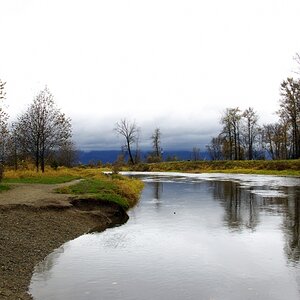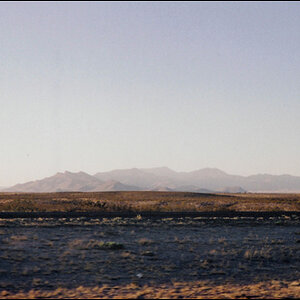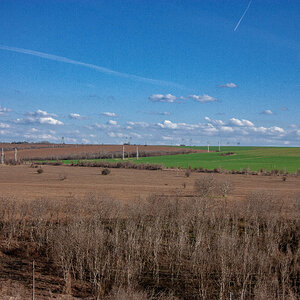goingback
TPF Noob!
- Joined
- Jan 22, 2016
- Messages
- 5
- Reaction score
- 0
- Can others edit my Photos
- Photos OK to edit
Alright, let me explain this:
I recently bought a D7100, lovely camera for sure, but I'm still looking for the "perfect" lens.
I mostly shoot landscapes and a little bit of architecture (well, more like cityscape, to be honest).
Coming from a D200 I started with a 18-55, then switched to my little dust collector (Nikon 18-70) and bought a 50mm 1.8.
After going through the EXIFs of my pictures I found that I took most of them in the range of 18-30mm. I then borrowed an ultra-wide-angle from a friend (Sigma 10-20), but found myself mostly sticking to the 16-20mm range or cropping in afterwards on those 10-12mm shots.
Therfore I'm looking for a wide-angle to midrange zoom, that gives me better image quality as well as a bigger aperture, especially to do a portrait here and there or a close-up of some flowers and what not.
Now I'm torn between the Sigma 18-35 1.8 and the Tamron 15-30 2.8. What I found so far:
Pros Sigma:
• f 1.8
• excellent sharpness
• lighter
• 300 EUR cheaper
• ability to use 72mm filters
Cons Sigma:
• not weather sealed
• no image stabilization
• DX-only
• may have some autofocus issues
Pros Tamron:
• image stabilization
• weather sealed
• 3mm more wide-angle
• "full-frame-ready"
Cons Tamron:
• heavier
• 300 EUR more expensive
• no filter thread
• not quite as sharp (at least according to what I found, not necessarily a Con)
Correct me, if I forgot something/you have any additions.
I made this list now, but it doesn't really help me. I'm not sure about the filter thing, because I've actually never used any and haven't missed them so far.
What I'm also not sure about is the aperture/VR point. How much of a difference does f 1.8 really make, especially when it comes to Bokeh (let's say I want to do some street photography/close ups/etc.)?
The VR: How much does it help? The last VR lens i used was the Nikon 18-55, but that's not necessarily a good example and it's been quite some time...I plan on also doing some video with the new lens, would a VR version be better or would I enjoy the f1.8 more?
And: Is it worth it for FX compatibility? I will upgrade to full frame one day for sure, but it won't be within the next 3 years or so.
Last but not least: This will be the lens I use the most, so I could use the extra 3mm wide angle of the Tamron, but I also wouldn't miss them, because I'm used to 18mm.
Help!
I recently bought a D7100, lovely camera for sure, but I'm still looking for the "perfect" lens.
I mostly shoot landscapes and a little bit of architecture (well, more like cityscape, to be honest).
Coming from a D200 I started with a 18-55, then switched to my little dust collector (Nikon 18-70) and bought a 50mm 1.8.
After going through the EXIFs of my pictures I found that I took most of them in the range of 18-30mm. I then borrowed an ultra-wide-angle from a friend (Sigma 10-20), but found myself mostly sticking to the 16-20mm range or cropping in afterwards on those 10-12mm shots.
Therfore I'm looking for a wide-angle to midrange zoom, that gives me better image quality as well as a bigger aperture, especially to do a portrait here and there or a close-up of some flowers and what not.
Now I'm torn between the Sigma 18-35 1.8 and the Tamron 15-30 2.8. What I found so far:
Pros Sigma:
• f 1.8
• excellent sharpness
• lighter
• 300 EUR cheaper
• ability to use 72mm filters
Cons Sigma:
• not weather sealed
• no image stabilization
• DX-only
• may have some autofocus issues
Pros Tamron:
• image stabilization
• weather sealed
• 3mm more wide-angle
• "full-frame-ready"
Cons Tamron:
• heavier
• 300 EUR more expensive
• no filter thread
• not quite as sharp (at least according to what I found, not necessarily a Con)
Correct me, if I forgot something/you have any additions.
I made this list now, but it doesn't really help me. I'm not sure about the filter thing, because I've actually never used any and haven't missed them so far.
What I'm also not sure about is the aperture/VR point. How much of a difference does f 1.8 really make, especially when it comes to Bokeh (let's say I want to do some street photography/close ups/etc.)?
The VR: How much does it help? The last VR lens i used was the Nikon 18-55, but that's not necessarily a good example and it's been quite some time...I plan on also doing some video with the new lens, would a VR version be better or would I enjoy the f1.8 more?
And: Is it worth it for FX compatibility? I will upgrade to full frame one day for sure, but it won't be within the next 3 years or so.
Last but not least: This will be the lens I use the most, so I could use the extra 3mm wide angle of the Tamron, but I also wouldn't miss them, because I'm used to 18mm.
Help!


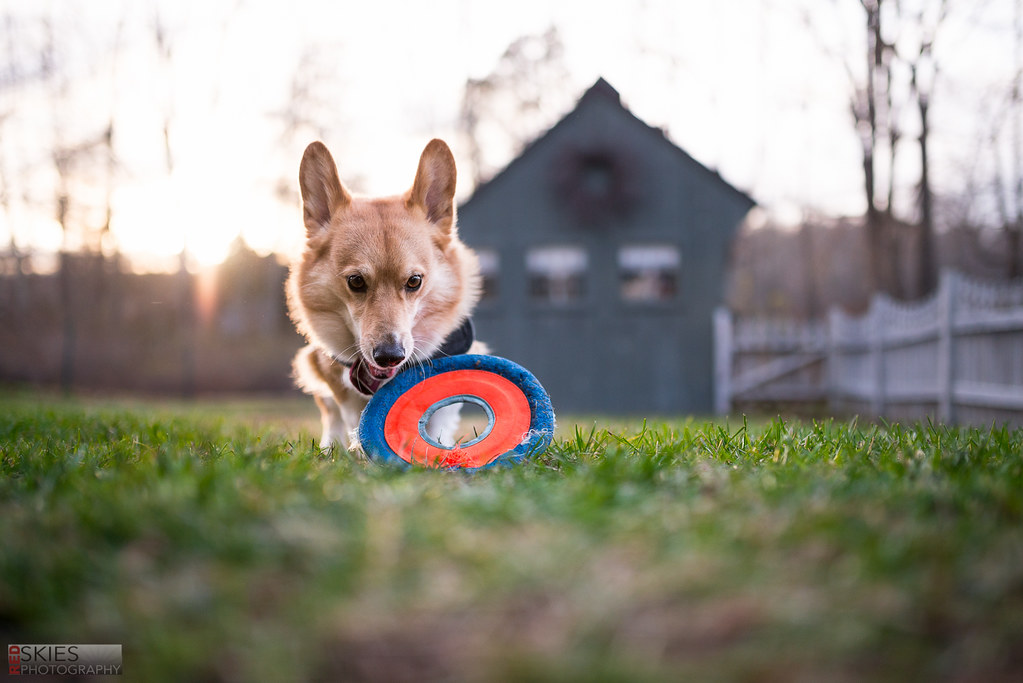 _RSP0690
_RSP0690
![[No title]](/data/xfmg/thumbnail/36/36401-dfb1077e5917eb47c5acf9c208e7be2a.jpg?1619737552)
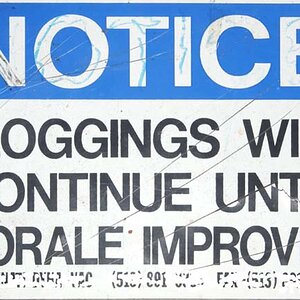
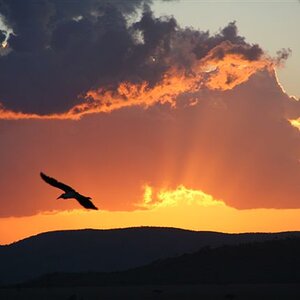
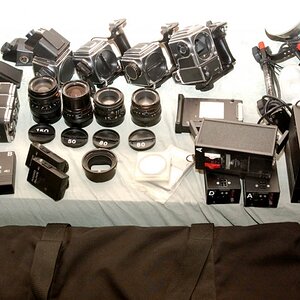
![[No title]](/data/xfmg/thumbnail/36/36399-041c9ebc3a39e89ec8e39243c0d43528.jpg?1619737551)
![[No title]](/data/xfmg/thumbnail/33/33341-3a6934b6cdb015b5acf31087acdcd278.jpg?1619735910)

